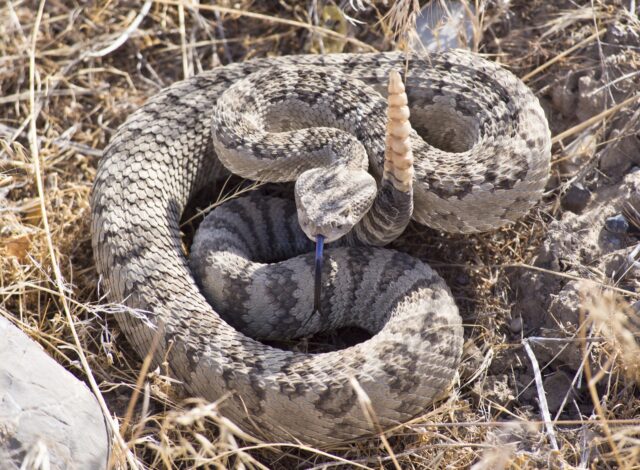Iron-willed and made with a physicality just as strong, cats are resilient creatures able to withstand injuries and attacks other animals can’t. And when it comes to snakebites, cats have proven more likely to survive bites than dogs. In fact, a research team with the University of Queensland, has observed felines are twice as likely to survive poisonous snakebites than dogs.
Christina Zdenek and Associate Professor Bryan Fry examined the effects of 10 different snake venoms on the plasma of cats and dogs. Zednik reported, “All venoms acted faster on dog plasma than cat or human.”
In Australia, where the study was based, the eastern brown snake is responsible for 76% of snakebites to cats and dogs, according to Dr. Fry. “Only 31 percent of dogs survive being bitten by an eastern brown snake without antivenom, cats are twice as likely to survive — at 66 percent.”
In the US, rattlesnake bites are the most commonly reported venomous snake bites to cats, dogs, and humans.
Its been known that cats tend to survive snakebites better than dogs, but Zednek and Fry have provided us with reasons as to why.
Blood Clotting Rates
“Snakebite is a common occurrence for pet cats and dogs across the globe and can be fatal,” reported Dr. Fry. “This is primarily due to a condition called ‘venom-induced consumptive coagulopathy’ — where an animal loses its ability to clot blood and sadly bleeds to death.”
Zednek explained, “The spontaneous clotting time of the blood — even without venom — was dramatically faster in dogs than in cats.”
The faster clotting time of dog blood “indicates that dogs would likely enter a state where blood clotting fails sooner and are therefore more vulnerable to these snake venoms.”
Meaning the faster clotting time of dog blood makes them more susceptible to death by snakebite.
Investigation Tactics
Cats and dogs investigate the world with different styles.
“Dogs typically investigate with their nose and mouth, which are highly vascularized areas,” said Dr. Fry.
In the case of felines, Fry pointed out, “Cats often swat with their paws.”
Bites to the face are often more severe than attacks on the paws. They tend to be deeper and, that close to airways, swelling can quickly obstruct breathing.
After Bite Behavior
After a snakebite, medical advice recommends to remain still in order to slow the spread of venom in the bloodstream. But still is not a strong point with dogs. After an injury, “Dogs are usually more active than cats, which is not great after a bite has taken place.”
As the summer months are upon us, snake sightings will become more common. As cold-blood creatures, snakes crave the warmth of the sun and the summer heat brings them out. The heat also brings out humans and their cats and dogs. Be vigilant to keep your furry family members safe from snakes.
H/T: www.scitechdaily.com





